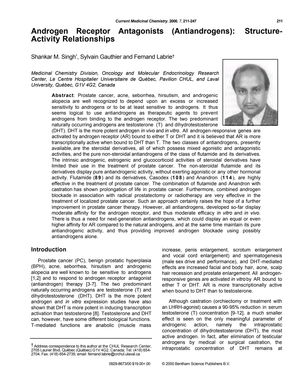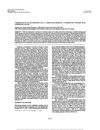Androgen Receptor Antagonists Structure-Activity Relationships
February 2000
in “
Current Medicinal Chemistry
”

TLDR Antiandrogens like flutamide are effective in treating conditions like prostate cancer and hair loss, but there's a need for more potent versions. Understanding their structure can help develop better treatments.
The 23-year-old study "Androgen Receptor Antagonists (Antiandrogens) Structure-Activity Relationships" explored the role and effectiveness of antiandrogens in treating conditions like prostate cancer, acne, seborrhea, hirsutism, and androgenic alopecia. The study found that non-steroidal antiandrogens, such as flutamide and its derivatives, displayed pure antiandrogenic activity and were highly effective in treating prostate cancer. However, all antiandrogens developed at that time showed only moderate affinity for the androgen receptor, suggesting a need for more potent antiandrogens. The study also found that certain structural features were associated with high affinity and high activity. For example, flutamide caused an 80% decrease in hirsutism, acne, seborrhea, and hair loss scores. The study concluded that understanding the structure-activity relationships of antiandrogens could aid in the development of more effective treatments for conditions such as hair loss and acne.

